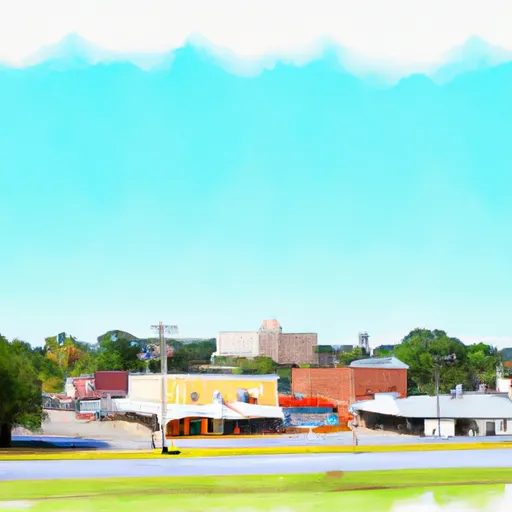°F
°F
mph
Windspeed
%
Humidity











Located in southern Alabama, Ward is a small town with a population of approximately 1,200 people. The climate in Ward is characterized as humid subtropical, with hot, humid summers and mild winters. Summers can be quite hot, with temperatures frequently reaching the high 90s°F (35°C), while winter months see temperatures ranging from the low 40s°F (4°C) to the mid-60s°F (18°C). Precipitation is evenly distributed throughout the year, with an average of 54 inches (137 cm) annually.
Ward is surrounded by a diverse hydrology system, including numerous creeks and waterways. The area is home to Lake Demopolis, located just a short distance from the town. This lake provides excellent opportunities for fishing, boating, and water sports. Popular species include largemouth bass, crappie, and catfish.
Outdoor recreation in Ward also extends to the nearby Talladega National Forest, which offers opportunities for hiking, camping, and nature exploration. The forest covers a vast area and is known for its scenic beauty and diverse wildlife.
Overall, Ward, Alabama provides a pleasant climate for outdoor activities, with its hydrology constituents and nearby recreational opportunities making it an appealing destination for nature enthusiasts.
Weather Forecast
Ward receives approximately 1437mm of rain per year, with humidity levels near 90% and air temperatures averaging around 18°C. Ward has a plant hardyness factor of 8, meaning plants and agriculture in this region tend to thrive here all year round.
Regional Streamflow Levels
513
Cubic Feet Per Second
711
Cubic Feet Per Second
657
Cubic Feet Per Second
1,370
Cubic Feet Per Second
Nearby Camping
| Camping Area | Reservations | Toilets | Showers |
|---|---|---|---|
| St. Stephens Historical Park | |||
| Chickasabogue Park | |||
| Service | |||
| Old Lock 1 - Coffeeville Lake | |||
| Bladon Springs State Park | |||
| Mobile County Marina |



